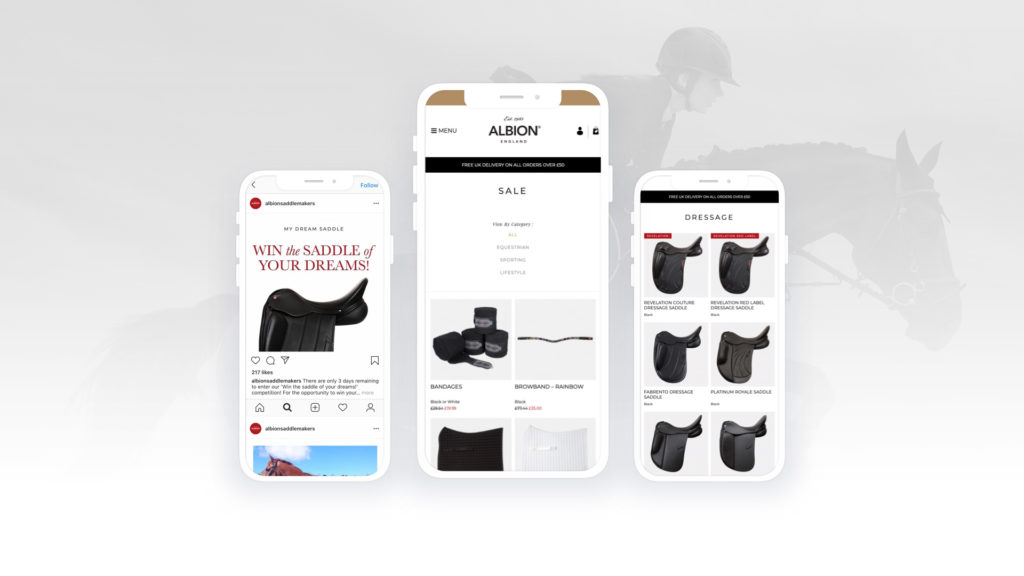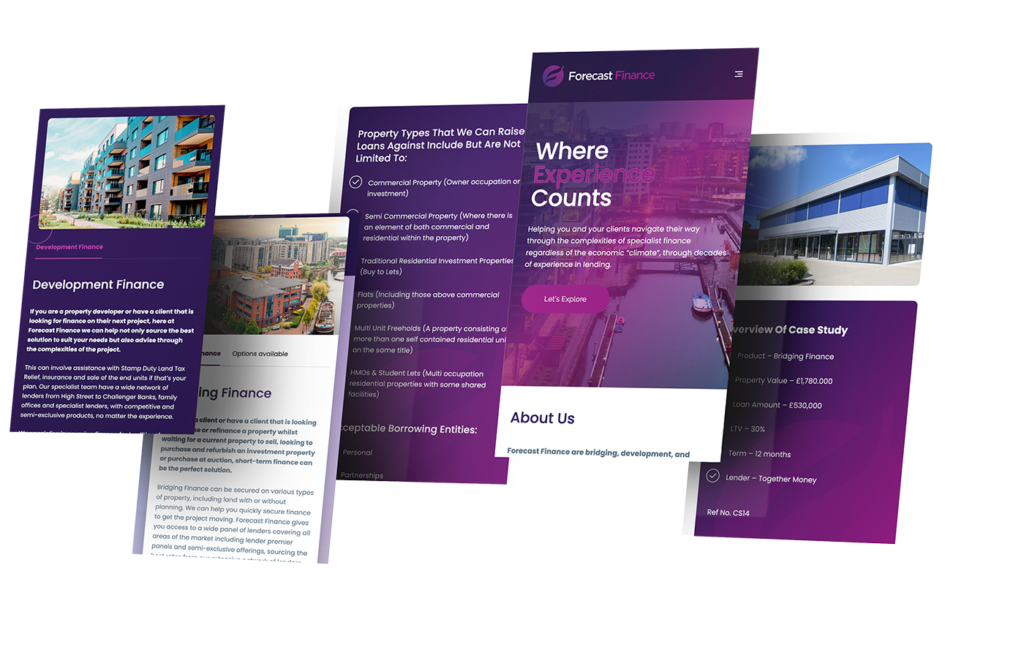5 UK Essentials for a Search Engine Optimised Website

The term user experience (UX) is about ensuring users find value in what you are providing to them. Giving users a comprehensive and simple journey through your site, being able to navigate your website well without unnecessary steps to get to their end goal.
To put this into context, all users visiting a website are looking for information or a solution to a problem. They want to find the information or product quickly and simply; if this is not achieved, they will leave without converting.
Websites are the multifaceted shop window of your business. They serve to build lasting relationships and sell your products or services, but many miss the mark.
SEO works to draw prospective clients to your website via search engines as you climb the rankings. UX helps users to locate the information they need once on your website and is the catalyst for building and maintaining a relationship with prospective clients.
Both are often seen as separate ways to solve separate problems, but that is not the case. Without SEO, your UX is redundant and vice versa. Here are the 5 UX best practices for developing your SEO:
RESPONSIVE AND MOBILE-OPTIMISATION
In a world that is becoming increasingly mobile-centred, it’s more important than ever to ensure that your website functions as well on mobile devices as it does on desktops. To put this into perspective, using the data from the Cisco Visual Networking Index, “global mobile devices and connections in 2016 grew to 8.0 billion, up from 7.6 billion in 2015.” With an increase in mobile traffic of 63% in 2016.
If your website doesn’t have mobile users in mind, they are likely to leave and return to their search query. If you’re not sure your website is optimised, you can test it at Nibbler or GTmetrix to give you a starting point.
IMPROVED WEBSITE PERFORMANCE
It’s no secret that Google considers page speed in the ranking of websites, as algorithms punish slow websites. Page speed is a key factor in all aspects of UX.
According to a report conducted by Google Tools:
“Mobile sites that load in five seconds earn up to two times more mobile ad revenue than sites that load in 19 seconds”
Improving your page speed yields dividends when it comes to user experience and search rankings. To access your web page speed, you can obtain data from Google Analytics within the Behaviour tab and using Google’s PageSpeed Insights tool.
CONTENT IS KING
Whilst SEO boosts website visibility, the on-page content engages and informs the audience in a way that supports the user experience. Google’s Panda algorithm oversees punishing sites that do not add value to the user experience, specifically content-thin sites or sites with low-quality content. To ensure your content follows Panda’s algorithm, putting an information architecture in place is a good starting point. The information architecture is the science of organising and structuring the content of a website in a logical order, which is owned as a Symantec structure. The current trend is to centre design around the user.
If you’re not sure whether your website is hitting the mark, ask your customers or clients. For example, send them an email asking them how long it takes them to find a snippet of information or a specific product. See what the results are; it might surprise you.
USER-FRIENDLY NAVIGATION
Webmasters and businesses often overcomplicate the navigation of their website, which not only confuses those arriving at their website but also search engines as well.
Users can navigate through your website quickly and efficiently, which encourages conversions and supports the overall user experience. Test your website’s navigation by comparing it to the user-friendly best practices from Thought Co.
USE IMAGES TO SUPPORT CONTENT
Imagery and graphics are certainly important from an aesthetic and branding point of view, but they have functional properties in that they contribute to the UX and SEO as well.
Without imagery, content can lack engagement and necessary visuals to inform the user further. This is detrimental to the UX as well as SEO in that you can be found in search engines for your images if they are optimised for this with alt-text.
To test the readability of your site, you can use apps such as Readable and WebPageFX.
CONCLUSION
SEO leads to increased traffic to your site and helps it attain a higher position on SERPs; however, it’s UX that will determine whether the traffic can be sustained and converted into customers.
SEO and UX work together to direct qualified traffic to your website and convert it. Webmasters wanting to improve website performance in all aspects should focus on the two and adhere to the above best practices.
If you need help with your website or are looking for help to design and build your website, look no further than our development team. Give us a call on 0121 355 8092 or email us at info@edge-creative.com.

















